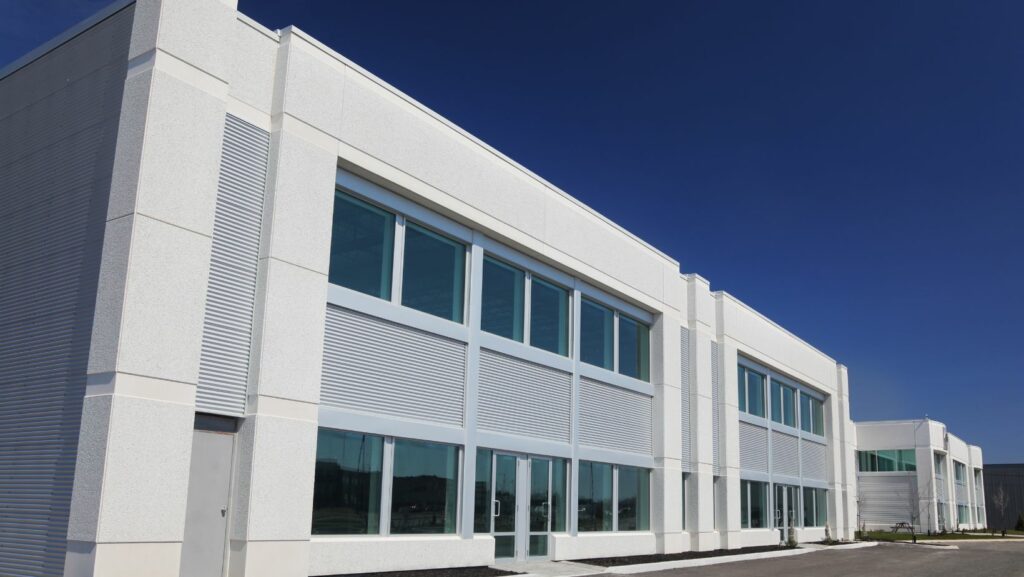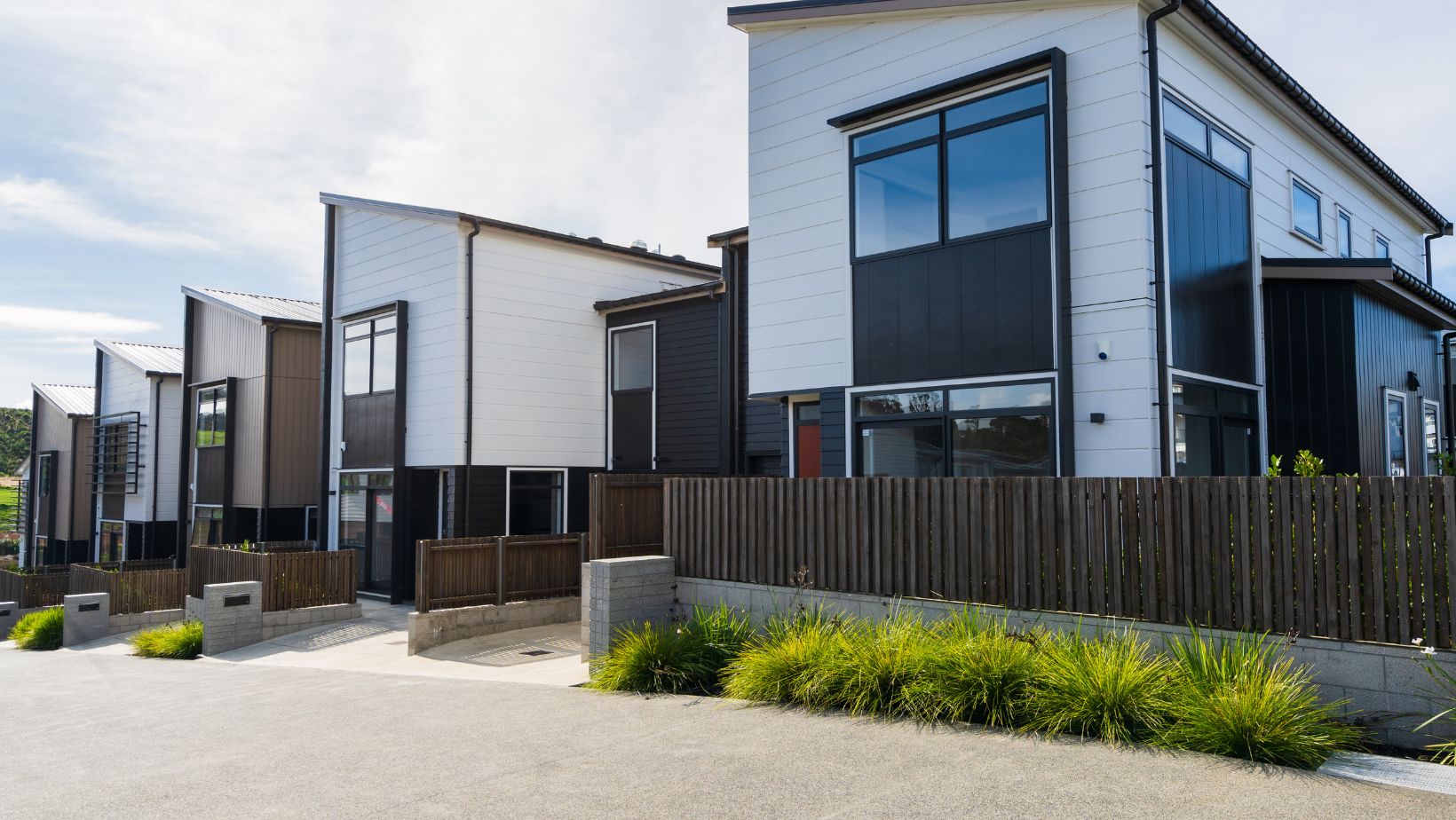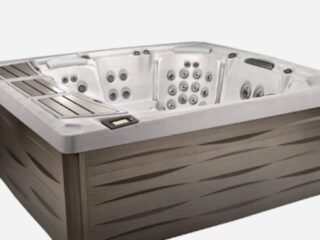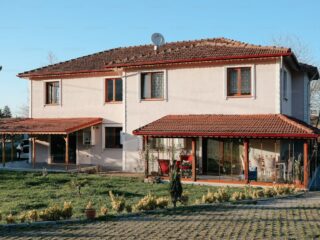
A properly installed and maintained fire door is an essential safety measure for any commercial property. Fire can spread extremely quickly through a building, with doors being one of the main points of vulnerability.
Choosing the right HMO fire doors involves assessing factors like the rating required based on location and usage, size, material, certification and long-term maintenance needs. This is important to slow down the spread of fire and smoke while also providing a means of escape during an emergency. The right HMO fire door selection can help secure the safety of residents and visitors by containing fire and preventing its spread to other areas of the building.
What is a Fire Door?
Fire doors are crucial safety features that prevent the rapid spread of fire throughout a property. With an ‘FD’ rating indicating their fire resistance in minutes, fire doors provide a barrier to contain fires and give occupants time to escape.
Made of solid timber with intumescent seals around quality fire-rated frames, fire doors are engineered to withstand flames for up to 30 minutes on average through their automated closing and heat-resistant construction. Properly installed fire doors are designed to keep fires at bay long enough for evacuation to occur.
Importance of Fire Doors in HMOs
Fire doors are a fundamental safety component in Houses of Multiple Occupation (HMOs), which house unrelated individuals sharing facilities. In these high-risk properties where multiple unfamiliar occupants live independently, properly installed and maintained fire doors are critically important for compartmentalization and life safety in the event of a fire.
More than just doors, fire doors are engineered to contain fires and smoke for up to 30 minutes, crucial for evacuation and reducing fire spread. They provide valuable time for occupants to escape safely while passively limiting damage through compartments. As a passive and continuous protection system requiring no human intervention, fire doors offer critical defense against fire hazards in the around-the-clock living conditions of an HMO.
Regulatory Requirements
- Housing Act 2004 requires HMOs to adhere to fire safety standards including proper fire doors
- Local council regulations can stipulate additional requirements for fire doors based on location and building risks
- Regulatory Reform (Fire Safety) Order 2005 makes landlords responsible for fire risk assessments and safety measures like doors
- Fire doors must meet standards like FD30, indicating 30 minutes of fire resistance
- Higher ratings like FD60 may be needed depending on building size, layout and risks
- Fire door placement, type and numbers can be specified by local regulations
- Responsible persons must ensure ongoing compliance through regular inspections and maintenance
Fire Door Standards for HMOs
Fire door regulations vary by council across the UK, ranging from requirements for intumescent strips and smoke seals to specific closer types. To ensure the highest safety standards in all HMOs, we developed a comprehensive fire door installation approach for landlords.
Our FD30-rated doors are fitted with intumescent strips, fire-rated hinges and self-closing mechanisms certified to withstand fire for 30 minutes. Bedroom doors have thumb-turn locks and door stops are included to facilitate quick evacuation in emergencies while enhancing overall fire protection.
FAQ’s
What type of fire rating should an HMO door have?
HMO fire doors are required to have a minimum fire resistance of 30 minutes.
What materials are ideal for an HMO fire door?
Solid core wooden doors or fire-rated composite doors provide the best fire protection. Hollow-core wood doors do not meet standards.
What lock and fitting options should an HMO door have?
Look for locks certified to secure evacuation like thumbturns, panic bars or push pads fitted with intumescent strips to seal gaps during a fire.
Conclusion
When living in an HMO property, safety should be the top priority. This means choosing the appropriate fire doors to protect residents in the event of an emergency. Look for doors that have FD30 or FD60 ratings to indicate their fire resistance.
Opt for timber doors with intumescent strips that swell in heat to seal smoke and flames. Smoke seals around the door edge ensure maximum protection from fire and smoke. Regular testing and maintenance is also essential to check doors close and latch properly. With the right-rated fire doors installed correctly, you can have peace of mind that your property’s fire safety complies with regulations.














